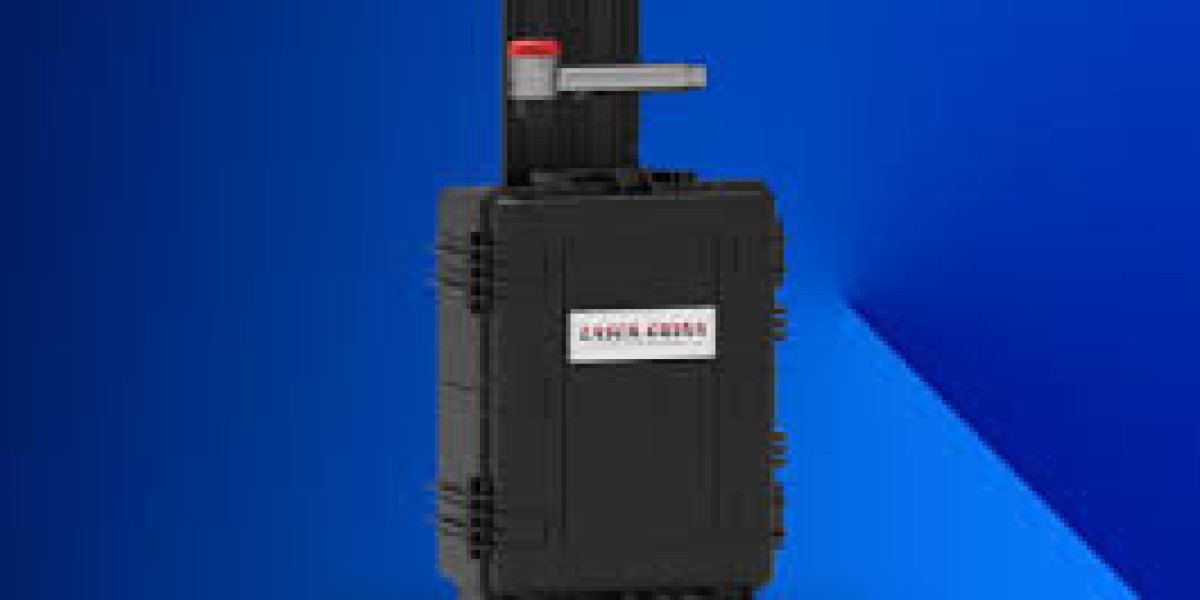Thread lift surgery is a popular cosmetic procedure to address early signs of aging causing sagging skin, droopy cheeks, fine lines, wrinkles, nasolabial folds, straightening of the nose, and loose skin. The surgery uses thread to uplift and tighten the targeted skin area. The surgery involves making a small incision and inserting a cannula or needle to place the thread under your skin. Once the thread is inserted, it is followed by lifting the skin and attaching it to the underlying tissues. After the skin is lifted, the cannula is removed, followed by closing the incision with dissolvable stitches. If you are considering thread lift in India, the surgery is highly recommended by varied patients at SB Aesthetics by Dr. Shilpi Bhadani. This blog will cover types, benefits, risks, and post-op care associated with surgery.
What are the different types of threads used in Thread Lift Surgery?
Thread lift surgery can be classified into five different categories based on the type of threads used during the surgery.
Polydioxanone (PDO)
Polylactic acid (PLA)
Polycaprolactone (PCA)
Barbed threads
Non-Barbed threads
What are the Benefits of undergoing Thread Lift Surgery?
The benefits of undergoing thread lift surgery are:
Minimally invasive procedure
Minimum recovery time or downtime.
Immediate results: instant uplift and youthful look.
Improved facial appearance with toned and contour features.
Makes skin appear more rejuvenated, firm, and well-rested.
Hidden scarring
Less chance of surgical complications
Affordable and budget-friendly.
What are the potential risks and side effects associated with Thread Lift Surgery?
The potential risks and side effects of thread lift surgery are:
Swelling
Pain
Bruising
Bleeding
Nerve injuries
Potential risk of infection
Minimal scarring
Unwanted dimpling of skin
Asymmetry and contour irregularities
Unwanted or unsatisfactory results
Risk of thread breakage
What are the post-op care recommendations after Thread Lift Surgery?
The recommended postoperative care guidelines after thread lift surgery are mentioned below:
Take prescribed medications like painkillers and antibiotics, etc
Refrain from rubbing or scratching your face
Avoid making strong expressions
Consume soft food
Avoid hot, processed, or spicy food
Refrain from washing your face for at least 14 hours post-treatment.
Avoid makeup for at least a few days.
Apply ice to ease swelling.
Avoid prolonged and direct sun exposure
Take plenty of rest.
Consume a healthy diet and consume plenty of water to stay hydrated.
Get Expert Consultation At The Best Cosmetic Surgery Clinic In India, Sb Aesthetics!
Those looking for facelift surgery and looking for a skilled surgeon can consult the skilled surgeon can consult at SB Aesthetics Clinic. This best cosmetic surgery clinic in India is renowned for the highest success rate and number of satisfied patients. The clinic is led by Dr. Shilpi Bhadani, a highly accomplished plastic surgeon with 14 years of rich and extensive experience. The surgeon reforms and transforms patient's lives with compassion, care, and a patient-centric approach.
Thread lift surgery at the clinic targets early signs of aging, droopy cheeks, sagging, and loose skin. The surgery uses a thread to uplift the targeted area. There are five types of threads used in the previously mentioned procedure, namely polydioxanone (PDO), polylactic acid (PLA), polycaprolactone (PCA), barbed threads, and non-barbed threads. For more information, request an appointment at SB Aesthetics Clinic today!







